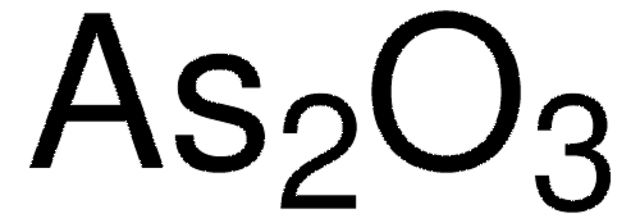203505
Ammonium iron(II) sulfate hexahydrate
99.997% trace metals basis
Synonym(s):
Ammonium ferrous sulfate hexahydrate, Ammonium iron(II) sulfate, Mohr’s salt
About This Item
Recommended Products
Quality Level
Assay
99.997% trace metals basis
form
crystalline
impurities
≤35.0 ppm Trace Metal Analysis
mp
100 °C (dec.) (lit.)
SMILES string
N.N.O.O.O.O.O.O.[Fe++].OS([O-])(=O)=O.OS([O-])(=O)=O
InChI
1S/Fe.2H3N.2H2O4S.6H2O/c;;;2*1-5(2,3)4;;;;;;/h;2*1H3;2*(H2,1,2,3,4);6*1H2/q+2;;;;;;;;;;/p-2
InChI key
MQLVWQSVRZVNIP-UHFFFAOYSA-L
Looking for similar products? Visit Product Comparison Guide
General description
Application
- As a precursor to synthesize iron oxide nanoparticles deposited over bismuth carbonate/ACF(fiber). This material can be used as an efficient catalyst for wastewater treatment.
- As a negative electrolyte to develop a vanadium/iron redox flow battery (V/Fe RFB).
- To modify methyl orange dye via metal insertion reaction. The modified dye acts as a light harvester on DSSC (Dye-Sensitized Solar Cell).
- As a dopant to prepare nano-titania catalyst by the sol-gel method. The doping with (NH4)2Fe(SO4)2·6H2O leads to photocatalytic activation of titania in the visible light range.
Storage Class Code
13 - Non Combustible Solids
WGK
WGK 1
Flash Point(F)
Not applicable
Flash Point(C)
Not applicable
Personal Protective Equipment
Choose from one of the most recent versions:
Already Own This Product?
Find documentation for the products that you have recently purchased in the Document Library.
Customers Also Viewed
Our team of scientists has experience in all areas of research including Life Science, Material Science, Chemical Synthesis, Chromatography, Analytical and many others.
Contact Technical Service




